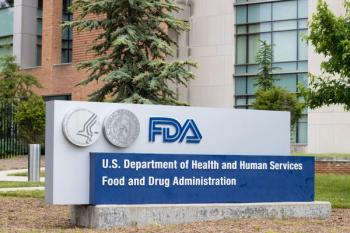
Maximizing Outcomes for Patients, Payers and Providers with Data Accuracy and Efficiency
Emphasizing data efficiencies and quality will benefit payers and providers — and patients.
The intricacies of data are both an opportunity and challenge for the healthcare ecosystem. While having accurate data is one piece of the puzzle, providers and payers must also have the right tools, processes and expertise to analyze, secure and implement this data effectively. In addition to accurate data, data sharing can also be a hurdle. Per a Center for Connected Medicine and HIMSS Media
With these challenges in mind, paired with the ongoing economic, operational and care delivery challenges posed by the COVID-19 pandemic, what can providers and payers do to minimize financial risk, increase patient and member engagement, and ensure cost efficiencies?
A recent TransUnion Healthcare report,
Some of the report’s key takeaways and strategies for the healthcare industry include:
1. Providers and payers lack confidence in the accuracy of their patient/member demographic information
According to the report, only 37% of payers and 58% of healthcare providers are very confident their member/patient demographic information is correct. This percentage is concerning as inaccurate data can lead to further challenges in payment, patient/member experiences and care outcomes.
Inaccurate data can also cause a disconnect in the relationship between provider, patient, and payer. In a recent TransUnion Healthcare
Quality data also delivers a more comprehensive view of each individual’s unique situation, enabling providers and payers to better manage payment risk and spot opportunities to provide more individualized care.
2. Data priorities for healthcare leaders include improving the patient experience and data efficiencies.
In today’s healthcare environment, gaining a holistic picture of a patient’s social, clinical and financial situation is absolutely integral to addressing healthcare challenges for providers and payers. It’s critical to have access to comprehensive, validated data in order to most effectively serve both patients and members.
According to the study, 63% of providers and 53% of payers ranked improving data efficiencies among their top three priorities. And 51% of providers and payers ranked positive patient or member experiences among their top three.
Data helps the healthcare system identify trends in patient care, address equitable and timely care delivery shortfalls, and determine affordability gaps. All of this ultimately helps minimize financial risk for providers and payers. Taking the time to ensure that data — such as patient/member contact information —- is in fact correct, can ensure timely communications and enhance engagement for the payers’ members they serve.
An important success factor for achieving the best patient/member, provider and payer outcomes involves building trust. Data can help inform more personalized, individualized care, coverage, and payment which can lead to enhanced loyalty. This is especially important as the industry recovers and rebuilds from the pandemic.
Putting an emphasis on data efficiencies to improve patient/member engagement, while also finding ways to help reduce their costs to obtain quality care, will lead to long-term benefits for payers and providers. It can also make all the difference when it comes to seeing
Jim Bohnsack is senior vice president and chief strategy officer at TransUnion Healthcare.
Newsletter
Get the latest industry news, event updates, and more from Managed healthcare Executive.



















































